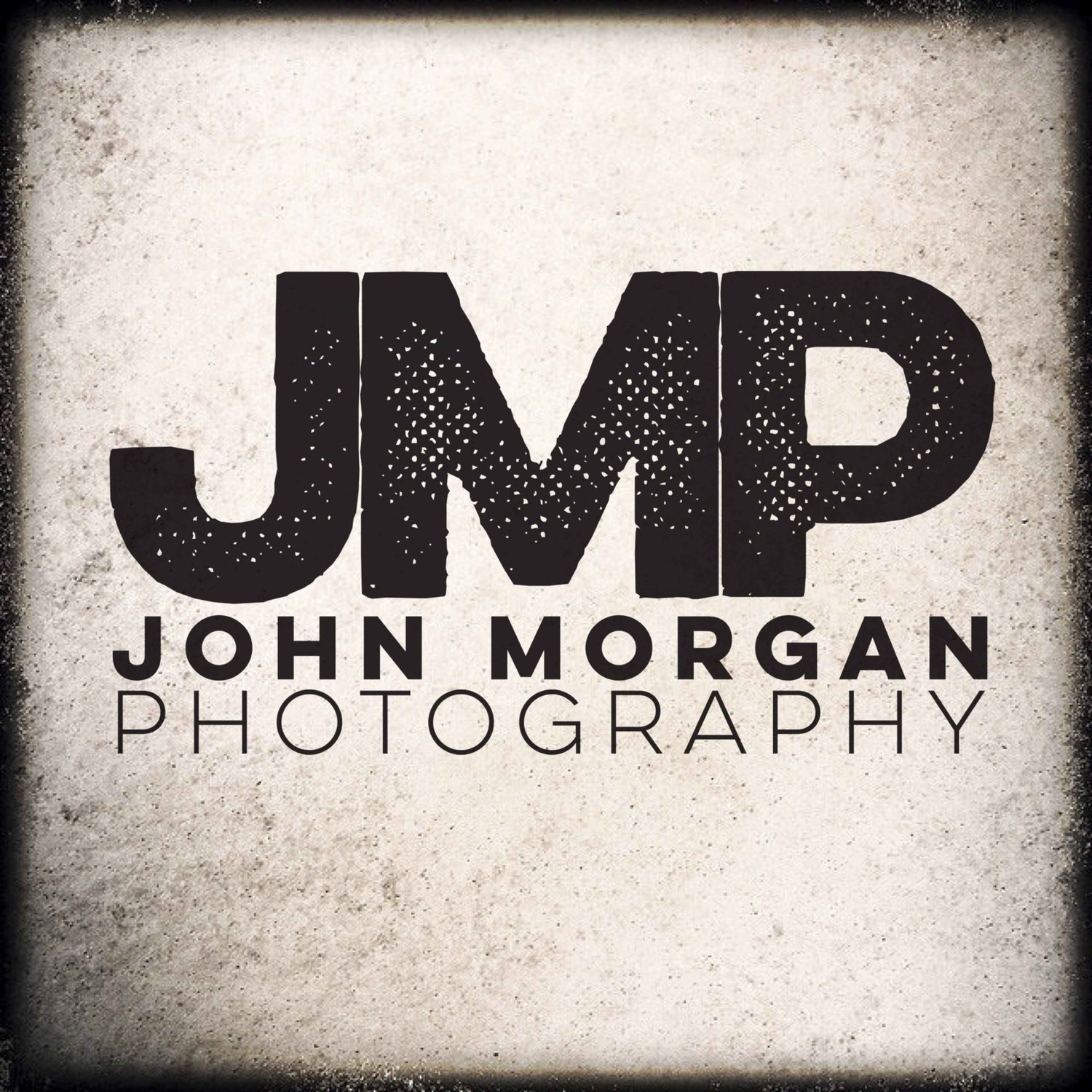People often ask me where the name Johnny Cajon came from. They say to me "So where does the name Johnny Cajon come from?" And this is what I tell them.
When I was a liddle biddy boy, my grandmother gave me a cute little toy. Silver bells hanging on a string, she told me it was my ding a ling a ling.
Actually, that's not what I tell them but it gave me an excuse to quote the great Chuck Berry - This was one of the first songs I remember hearing and singing along to.
For quite some time I've been interested in, and playing, various types of hand drums. I started on Djembe when I lived in Scotland and then continued when I moved to Bristol playing in various drum circles. I then moved onto playing congas and bongos when I became interested in Latin grooves. I love all those Afro Latin rhythms and I get a big kick out of the basic connection between the hands and a resonant surface, more so than with drum sticks.
Eventually, I moved onto playing a drum kit and it was when I was taking drumming lessons at Drumbank in Bristol that I got sight of my first cajon.
My cajon and one of my self-built 4 string guitars
At that time I had really gotten into rudimentary musical instruments and I had started to make my own 3 and 4 string guitars from basic cigar boxes and kits I bought in America and online. And here was the cajon, a rudimentary percussion instrument in the simple shape of a box.
I'm really into understanding how some musical instruments and styles of music have developed from a basic need for expression, and the use of simple materials, and how they have evolved into what we now take for granted and pay hundreds of pounds for, and sometimes even more. A lot of the historical stories associated with western roots music and the instruments on which it is played like the guitar and drum are born from hardship and tough times, normally slavery involving the African slaves who were exploited in the cotton, tobacco and sugar trades between Europe, Africa and the Americas.
In the case of the cajon, the story goes that the refined instruments that we see today evolved from the humble storage boxes that were used to transport the trade goods across the oceans to South America in those grim, hard days. The word cajon is a Spanish word that means 'crate'.
Without their normal drums, the African slaves took to improvising with what they could find. They would gather around these ordinary boxes and bang away their familiar rhythms. It wasn't long before the slaves' 'owners' banished these drums as they were considered a method used for, literally, drumming up support and communicating antagonism and hatred for their oppressors. This is said to be the beginning of the cajon drum.
2 string diddley bows in a market stall in Helena, Arkansas
After reading about the history of the cajon drum and also stringed instruments like the cigar box guitar and diddley bow, which share similar origins, the various quotes and myths about great art only coming from great pain and suffering made more sense to me. The people who played these early instruments despite the circumstances in which they found themselves could not have known what would become of these humble objects. They were just satisfying an urge inside and finding tools that they could use to express themselves and tell their stories through the natural basic human communication of song and dance.
The modern cajon is a much more refined version of it's humble beginnings. It has a sound hole in the back into which you can fit a mic pickup to boost the bass tones. It has a false, and sometimes decorated, front panel (like mine above), which you hit with your fingers on the corners of the box and your full hand in the centre. Behind the front panel, on the inside of the drum are horizontal snare wires. These wires rattle and buzz when the drum is hit on the corners.
There are three key tones , or notes, on the drum. You can hit the corners of the drum with the fingers to get a snare-drum-like tone, or you can lightly tap the corners with the finger tips to play ghost notes. Using a cupped full hand in the centre of the drum gives a rich, full tone like a bass kick drum.
The modern drum is very versatile as it can be played in an acoustic setting or mic'd and amped up for more volume. Sometimes you see them being played by guitarists like John Fairhurst who sit on them and use a standard kick drum beater to give a percussion voice to their acoustic sets.
It wasn't long before I bought my first cajon. I started playing it at the same time that I started taking photographs of local musicians in Bristol. One of the key players in my world at the time, who I photographed regularly, was a brilliant young witty harmonica player called Henry Slim who continues to be one of the hardest working and most authentic musicians I know. Henry invited me along to play my cajon at a couple of his acoustic sets at the time. In his dry wit and quietly spoken deep drawl he would introduce me as Johnny Cajon (sometime Johnny Cajones delivered with a comic guttural Mexican accent). The name Johnny Cajon was born and it has stuck around with me; it originated from affection and I kinda like it.
